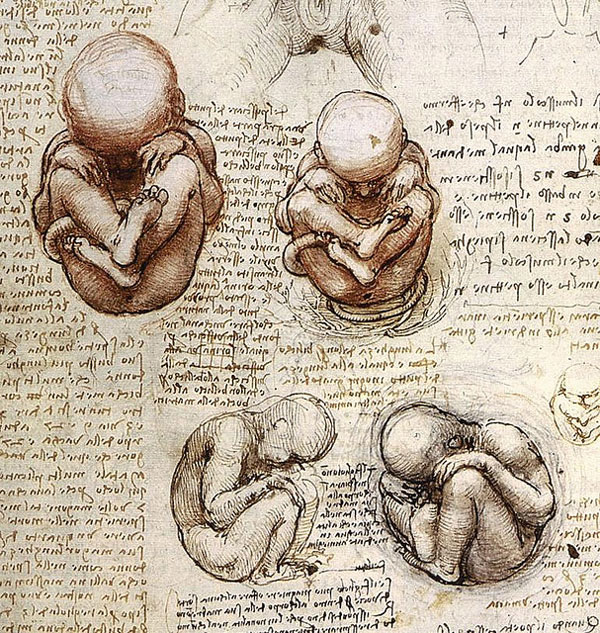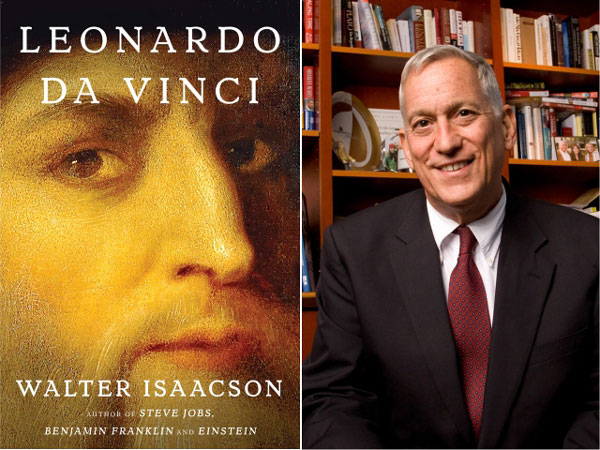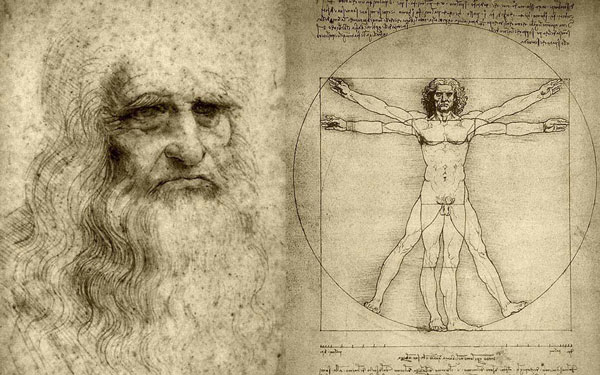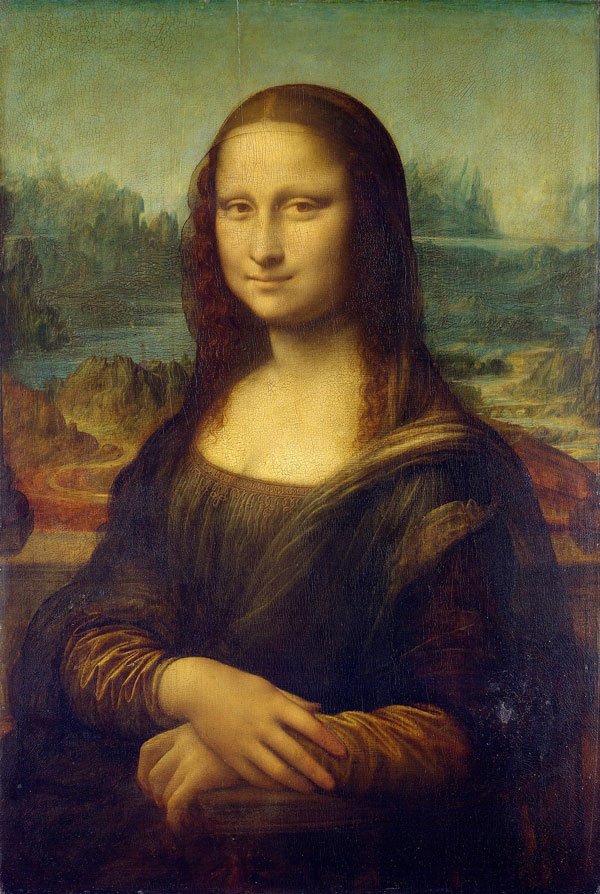But what if we implored that his artistic achievements were merely a scratch on the surface of his multitude of talents and skill? Just as Da Vinci captivated the public with his brilliant art, he has surprised us yet again, 500 years after his death, with a look into his private notebooks.
Where it all began
Leonardo was born in Italy in 1452 and educated by renowned Florentine painter Andrea Del Verrocchio. From a young age, he showed a deep intellectual interest not only in the philosophy of life, but also in fundamental scientific, anatomical ideas that hadn’t been formally discovered yet. Whilst apprenticing for Verrocchio from the young age of fourteen, Leonardo became exposed to a wide range of theoretical and technical training skills, propelling his mind even further. Da Vinci would spend the next several years learning multiple crafts, such as chemistry, modelling, sculpting, carpentry and more.

(Image Source: www.newyorker.com)
When we think about his achievements, we are reminded of his astonishing paintings that captured the essence of human emotion, biology and vibrancy with every stroke of the brush. Da Vinci acquired a unique consideration for anatomy and spent large amounts of time observing the fundamental ways the human body works. This concept is most prevalent in his artwork. Even today, people study his intricate paintings and sketches and can feel how they are carefully constructed from the mind of an analytical thinker, an inventor and a genius in the art of the human image.
By the time he reached 26, the contents of his mind were too complex to keep inside and he wrote his thoughts and discoveries down on paper. This ultimately led to completing around 50 notebooks packed with remarkable information and a unique view into how Da Vinci’s mind worked.
A glimpse into the notebook rabbit hole
Leonardo Da Vinci’s notebooks, which comprise of 7200 pages, are beautiful works of art. The notebooks are filled with a plethora of seemingly random information ranging from existential questions to scientific discoveries that have yet to be uncovered. With an indescribable depth, he wrote out his thoughts and accompanied them with detailed sketches of his ideas and findings.

(Image Source:www.laboiteverte.fr)
These notes touch on topics such as astronomical revelations, addressing the question of if the sun actually radiated heat, (claiming that it did), and even document astrophysical ideas later discovered by Galileo. He also contemplated complex formulas for light theory and ‘flying machines’ in a time so far away from any resemblance of such technological and scientific development.
He even sketched an accurate depiction of how a baby would look inside the womb of a mother, centuries before this thought would ever be confirmed.

Leonardo Da Vinci was fascinated by the forms that the limbs and facial muscles reveal in various mental states.
What’s fascinating about the collection of notebooks, besides their content, is that Da Vinci was left handed and wrote in ‘mirror writing’, meaning every sentence he wrote was reversed. There are a wide range of theories on why this is, ranging from dyslexia to simply wanting to remain cryptic inside his own thoughts. However, whichever reason proves to be true, the style of writing itself takes diligent skill and focus. It is even rumored that Da Vinci could write with one hand and sketch with the other.
Walter Isaacson’s perspective
The discovery of these notebooks has been an exciting prospect for many, especially noted author Walter Isaacson.

(Image Source: www.aspeninstitute.org)
Walter Isaacson is President and CEO of the Aspen Institute and author of New York Times best-selling works such as, ”The Innovators”, “Steve Jobs”, and “Einstein: His Life and Universe”. He strongly believes that brilliant minds stand at the balanced crossroads of art and science, which is why Leonardo Da Vinci was a natural choice for his next biography. In his book, “Leonardo Da Vinci”, he emphasizes the artist’s endless curiosity and innovative outlook on the world.

(Image source: www.businessinsider.com)
Upon reflecting who Leonardo was as a person, Isaacson describes him as a societal misfit of sorts who was, “illegitimate, gay, vegetarian, left-handed, easily distracted, and at times heretical.” However, these labels which might be interpreted as negative by most, are what Isaacson claims made Leonardo lucky. Lucky that he was not expected to follow in his father’s footsteps and work in a notary business, and lucky to be minimally educated in only math and writing, instead of Latin authors like most wealthy youth were in those times. He was lucky that he was free of authority and able to think creatively. And, even though he was easily distracted, if he had been born in today’s times he would most likely be medicated to where his genius would be stifled.

(Image Source: www.laboiteverte.fr)
The book is a study in creativity, how it is defined and how you can achieve it. The answer Isaacson repeats like a mantra is that creativity combines art, science, observation and imagination, what Leonardo was known for.
The notebooks are evidence of Leonardo Da Vinci constantly pushing himself to be more curious and observant of his surroundings. Especially when you learn that Leonardo would make a list each week of things he wished to learn or figure out, ranging from why the sky is blue to what a woodpecker’s tongue looks like. He studied how the retina detects shadow in a different way than it detects detail and how to make the Mona Lisa’s smile follow you around a room.

Writing of this fantastical side to Da Vinci’s character is Isaacson’s way of bringing Leonardo’s brilliance back to life and encouraging readers to emulate him. He exclaims, “This is something we can nourish in ourselves and our kids: how to daydream and embrace mystery.”
The book details hundreds of these descriptions and revelations alongside the writings of Da Vinci himself, to guide the reader along the way of recognizing this iconic figure for what he was: a mastermind.
